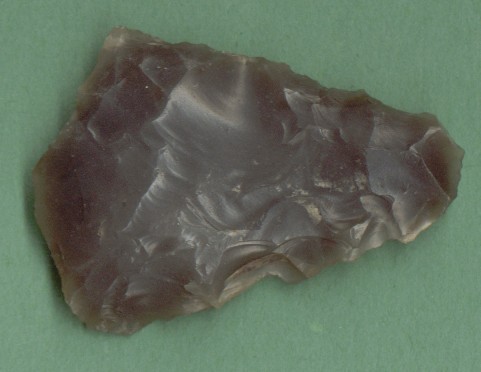The first stone tools began to be made sometime during the Lower Paleolithic period in Africa, and several human species became toolmakers, included Homo habilis, Homo erectus and Homo floresiensis (the "Hobbit" man recently discovered on the Indonesian island of Flores ). The earliest stone tools were simple flakes of around 2.5 million years ago, possibly for cutting hide. Up until a few hundred thousand years ago, stone tools were very crudely made, consisting mostly of simple flakes, choppers, cleavers and hand axes. The majority of them were manufactured with simple stone hammers. With the emergence of Neanderthals and Homo sapiens around 250,000 years ago, a much wider range of stone tools developed: heavy pebbles and other stone tools for chopping trees, splitting bones and snipping the tips off shells, and flaked tools to cut and scrape meat, and to sharpen wood and bone for new tools.

 Making tools
Making tools





 [ 1 ]
[ 1 ]  [
[